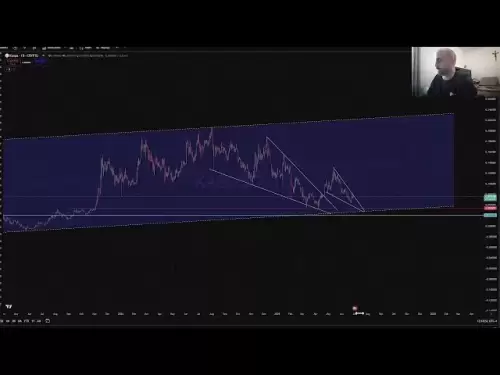-
 Bitcoin
Bitcoin $107,341.7259
0.15% -
 Ethereum
Ethereum $2,438.6204
0.70% -
 Tether USDt
Tether USDt $1.0003
-0.02% -
 XRP
XRP $2.1866
1.94% -
 BNB
BNB $649.0952
0.36% -
 Solana
Solana $150.9602
5.63% -
 USDC
USDC $0.9999
0.00% -
 TRON
TRON $0.2742
0.40% -
 Dogecoin
Dogecoin $0.1645
1.93% -
 Cardano
Cardano $0.5669
1.18% -
 Hyperliquid
Hyperliquid $37.8286
4.19% -
 Bitcoin Cash
Bitcoin Cash $491.4669
-2.74% -
 Sui
Sui $2.8150
3.06% -
 Chainlink
Chainlink $13.4184
2.91% -
 UNUS SED LEO
UNUS SED LEO $9.0809
0.27% -
 Avalanche
Avalanche $18.0295
2.60% -
 Stellar
Stellar $0.2396
1.19% -
 Toncoin
Toncoin $2.8587
0.13% -
 Shiba Inu
Shiba Inu $0.0...01160
2.59% -
 Litecoin
Litecoin $86.4192
1.45% -
 Hedera
Hedera $0.1486
1.19% -
 Monero
Monero $308.4324
0.87% -
 Polkadot
Polkadot $3.4202
1.43% -
 Bitget Token
Bitget Token $4.6436
-0.34% -
 Dai
Dai $0.9998
-0.02% -
 Ethena USDe
Ethena USDe $1.0002
0.00% -
 Uniswap
Uniswap $7.1527
3.29% -
 Pi
Pi $0.5357
-8.45% -
 Pepe
Pepe $0.0...09588
4.61% -
 Aave
Aave $259.9759
0.81%
How to switch between different blockchain networks in Trust Wallet?
Trust Wallet supports multiple blockchains like Ethereum and BSC; switch networks carefully to avoid sending tokens to the wrong chain, which can result in irreversible loss.
Apr 02, 2025 at 03:56 am
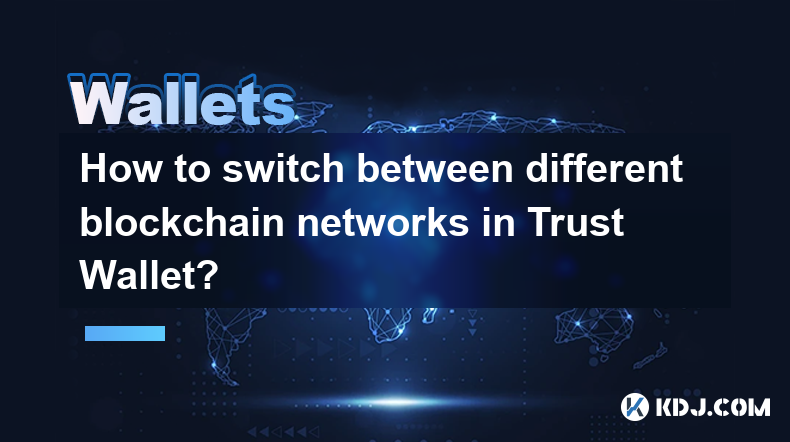
Understanding Blockchain Networks in Trust Wallet
Trust Wallet, a popular mobile cryptocurrency wallet, supports a wide range of blockchain networks. This means you can hold and interact with various cryptocurrencies built on different blockchains, like Ethereum, Binance Smart Chain (BSC), Polygon, and many others. Switching between these networks is crucial for sending, receiving, and interacting with dApps (decentralized applications) built on specific chains. Understanding this process is vital for navigating the decentralized world effectively.
Accessing the Network Selection Feature
To switch networks within Trust Wallet, you first need to locate the correct settings. This is usually done within the individual token's view. For example, if you want to send ETH on the Polygon network, you'll navigate to your ETH balance. The exact location might vary slightly depending on your Trust Wallet version, but it's generally easily accessible. Look for a network selection option, often represented by a network name or icon.
Selecting Your Desired Network
Once you've found the network selection tool, you'll see a list of supported networks. This list will depend on the specific cryptocurrency you're interacting with. For instance, ETH will typically show options like Ethereum Mainnet, Polygon, Optimism, and others. Carefully select the correct network matching your intended transaction. Sending tokens to the wrong network will likely result in irreversible loss of funds.
The Importance of Network Selection
Choosing the correct network is paramount. Sending tokens to the wrong network is a common mistake, and unfortunately, usually unrecoverable. Always double-check the network before confirming any transaction. This applies to both sending and receiving cryptocurrencies. Each network has its own unique address format, even if the token symbol is the same. A transaction to the wrong network will effectively disappear.
Switching Networks for Different Tokens
The process of switching networks often needs to be repeated for each token. This means if you're sending ETH on Polygon and then want to send BNB on Binance Smart Chain, you'll need to select the BSC network within your BNB token view. Each token operates independently within Trust Wallet regarding network selection. This is a crucial aspect to understand to avoid costly errors.
Troubleshooting Network Switching Issues
Occasionally, you might encounter issues switching networks. This could be due to network congestion, wallet synchronization problems, or even a temporary glitch in the Trust Wallet app. If you're having trouble, try these steps:
- Restart your Trust Wallet app: A simple restart can often resolve minor glitches.
- Check your internet connection: A stable internet connection is crucial for network switching.
- Update your Trust Wallet app: Ensure you're running the latest version of the app.
- Contact Trust Wallet support: If the problem persists, reach out to their support team for assistance.
Understanding Network Fees (Gas Fees)
Remember that transactions on different networks incur different fees. These fees, often called "gas fees" on Ethereum-based networks, are paid to miners or validators to process your transaction. Networks with higher congestion tend to have higher transaction fees. Before initiating a transaction, always check the estimated fee to avoid unexpected costs. This information is usually displayed before you confirm the transaction.
Security Considerations When Switching Networks
While switching networks is a standard function, maintaining security remains crucial. Only use the official Trust Wallet app downloaded from reputable sources. Avoid unofficial versions or third-party apps that claim to enhance network switching functionality, as these could be malicious. Always double-check the recipient address before confirming any transaction, regardless of the network.
Adding Custom Networks (Advanced Users)
For more advanced users, Trust Wallet sometimes allows adding custom networks. This is useful if you're interacting with less common or newer blockchains. However, proceed with extreme caution when adding custom networks. Incorrectly configured custom networks can lead to loss of funds. Always verify the network parameters from a reliable source before adding it to your wallet.
Common Questions and Answers
Q: What happens if I send tokens to the wrong network?
A: Sending tokens to the wrong network usually results in the irreversible loss of your funds. The tokens will be effectively lost, as they are sent to an address incompatible with the intended recipient.
Q: Why are network fees different between blockchains?
A: Network fees, or gas fees, vary depending on factors such as network congestion, the complexity of the transaction, and the specific blockchain's consensus mechanism. Higher demand and congestion lead to higher fees.
Q: Can I switch networks without affecting my token balance?
A: Switching networks only changes the network your wallet is currently interacting with. It doesn't affect your token balance; your tokens remain in your wallet. However, you need to select the correct network before sending or receiving tokens.
Q: Is it safe to switch networks in Trust Wallet?
A: Switching networks in Trust Wallet is a safe process if done correctly. The primary risk lies in selecting the wrong network before sending or receiving tokens, which can lead to loss of funds. Always double-check the network before confirming any transaction.
Q: My Trust Wallet is not showing the network I need. What should I do?
A: If your desired network isn't listed, it might not be supported by the specific token you're using or your Trust Wallet version. Check for updates, or consult the Trust Wallet support documentation or community forums. Adding a custom network might be an option for advanced users, but proceed with caution.
Disclaimer:info@kdj.com
The information provided is not trading advice. kdj.com does not assume any responsibility for any investments made based on the information provided in this article. Cryptocurrencies are highly volatile and it is highly recommended that you invest with caution after thorough research!
If you believe that the content used on this website infringes your copyright, please contact us immediately (info@kdj.com) and we will delete it promptly.
- Kitten Craze Online: Hunting for the Purr-fect Coin Purse
- 2025-06-29 10:30:12
- Pudgy Penguins Soar to 3-Month High Amidst PENGU ETF Buzz!
- 2025-06-29 10:30:12
- AI Agents, Token Role, and Capitalization: Navigating the Web3 Frontier
- 2025-06-29 10:50:11
- Avalanche Price Forecast: Grayscale Boost Signals Potential Rally to $50?
- 2025-06-29 10:50:11
- Khazan's Getting a Facelift: Balance Changes and Freebies Galore!
- 2025-06-29 11:10:12
- Wall Street's Crypto Rival Battle: Saylor vs. Chanos and the Meme Coin Mania
- 2025-06-29 11:10:12
Related knowledge
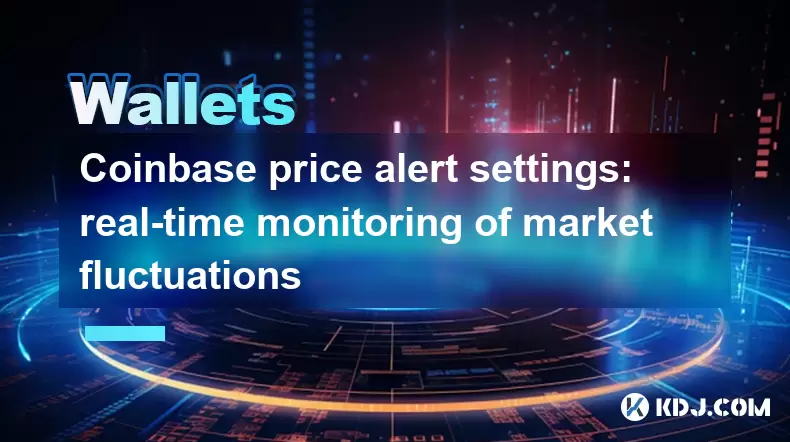
Coinbase price alert settings: real-time monitoring of market fluctuations
Jun 29,2025 at 07:00am
Setting Up Coinbase Price AlertsTo begin real-time monitoring of market fluctuations on Coinbase, users can utilize the built-in price alert feature. This function allows you to receive notifications when a cryptocurrency reaches a specific price point. To access this setting, open the Coinbase app or log in via the web platform. Navigate to the 'Prices...
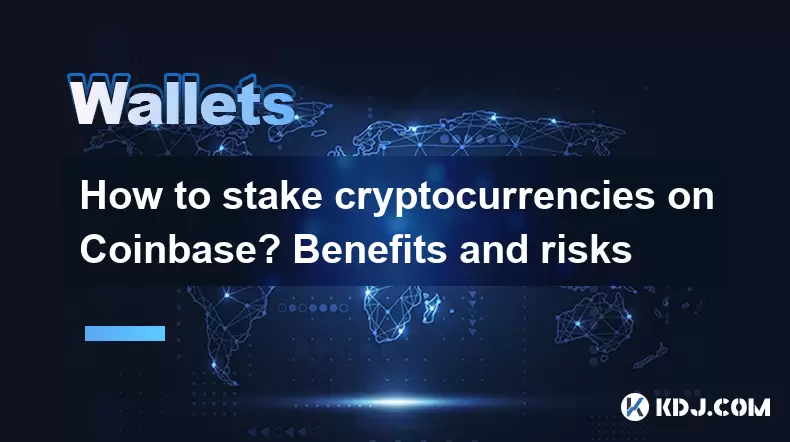
How to stake cryptocurrencies on Coinbase? Benefits and risks
Jun 27,2025 at 06:36pm
Understanding Cryptocurrency Staking on CoinbaseStaking cryptocurrencies involves locking up digital assets to support the operations of a blockchain network, typically in return for rewards. Coinbase, one of the most popular cryptocurrency exchanges globally, offers staking services for several proof-of-stake (PoS) coins. Users can stake their holdings...
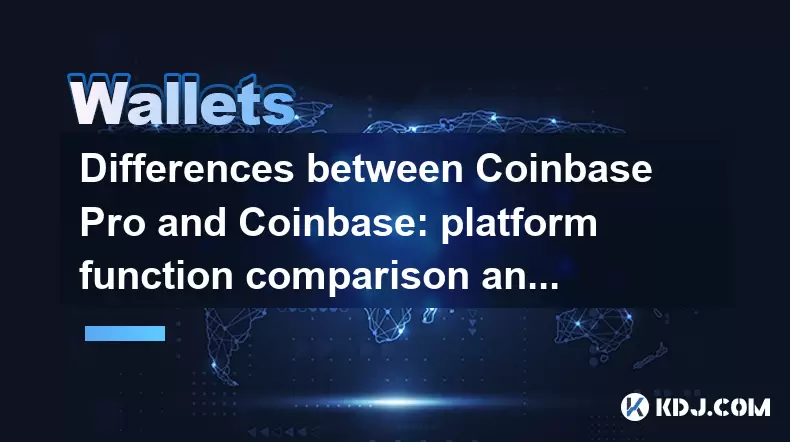
Differences between Coinbase Pro and Coinbase: platform function comparison and analysis
Jun 29,2025 at 08:21am
Overview of Coinbase and Coinbase ProWhen exploring the cryptocurrency trading landscape, users often encounter two platforms under the same parent company: Coinbase and Coinbase Pro. While both are operated by the same organization, they cater to different types of users and offer varying features. Coinbase is primarily designed for beginners and casua...
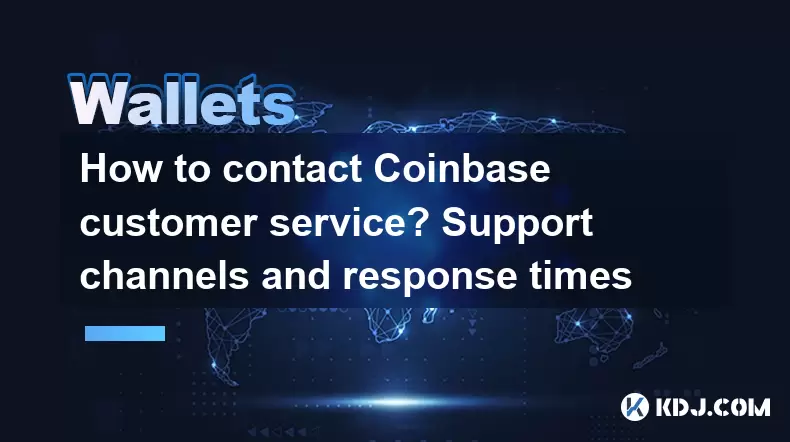
How to contact Coinbase customer service? Support channels and response times
Jun 28,2025 at 01:29pm
Contacting Coinbase Customer Service: Support Channels and Response TimesIf you're a user of Coinbase, reaching their customer service team may become necessary for various reasons, such as account verification issues, transaction disputes, or technical difficulties. Understanding the different support channels available and what to expect in terms of r...
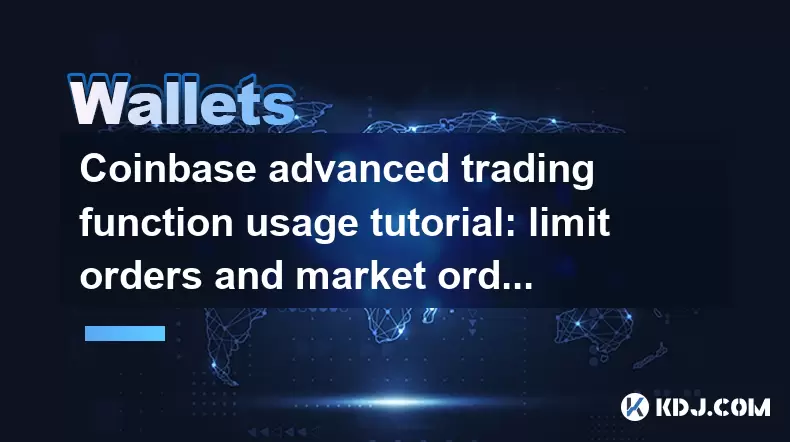
Coinbase advanced trading function usage tutorial: limit orders and market orders
Jun 28,2025 at 09:07pm
Understanding the Difference Between Limit Orders and Market OrdersWhen using Coinbase's advanced trading features, it is crucial to understand the fundamental difference between limit orders and market orders. A market order executes immediately at the best available price on the market. This type of order ensures that your trade goes through quickly, ...
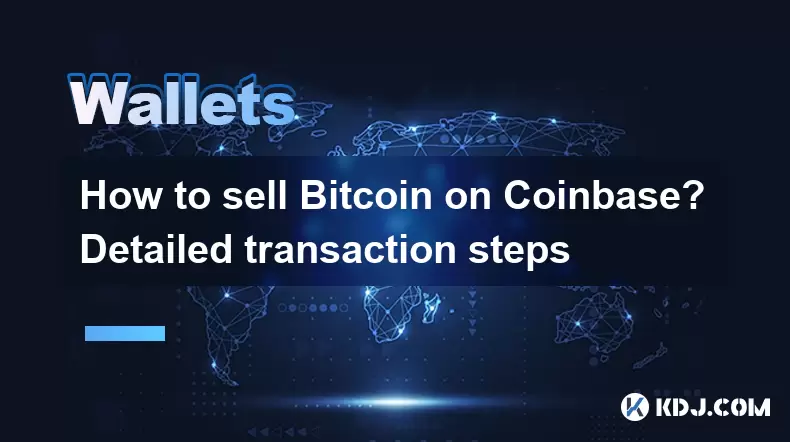
How to sell Bitcoin on Coinbase? Detailed transaction steps
Jun 29,2025 at 04:22am
Setting Up Your Coinbase Account for TransactionsBefore you can sell Bitcoin on Coinbase, you must ensure your account is fully set up and verified. Coinbase requires identity verification to comply with regulatory standards. This process involves uploading a government-issued ID, confirming your address, and sometimes submitting a selfie holding the ID...

Coinbase price alert settings: real-time monitoring of market fluctuations
Jun 29,2025 at 07:00am
Setting Up Coinbase Price AlertsTo begin real-time monitoring of market fluctuations on Coinbase, users can utilize the built-in price alert feature. This function allows you to receive notifications when a cryptocurrency reaches a specific price point. To access this setting, open the Coinbase app or log in via the web platform. Navigate to the 'Prices...

How to stake cryptocurrencies on Coinbase? Benefits and risks
Jun 27,2025 at 06:36pm
Understanding Cryptocurrency Staking on CoinbaseStaking cryptocurrencies involves locking up digital assets to support the operations of a blockchain network, typically in return for rewards. Coinbase, one of the most popular cryptocurrency exchanges globally, offers staking services for several proof-of-stake (PoS) coins. Users can stake their holdings...

Differences between Coinbase Pro and Coinbase: platform function comparison and analysis
Jun 29,2025 at 08:21am
Overview of Coinbase and Coinbase ProWhen exploring the cryptocurrency trading landscape, users often encounter two platforms under the same parent company: Coinbase and Coinbase Pro. While both are operated by the same organization, they cater to different types of users and offer varying features. Coinbase is primarily designed for beginners and casua...

How to contact Coinbase customer service? Support channels and response times
Jun 28,2025 at 01:29pm
Contacting Coinbase Customer Service: Support Channels and Response TimesIf you're a user of Coinbase, reaching their customer service team may become necessary for various reasons, such as account verification issues, transaction disputes, or technical difficulties. Understanding the different support channels available and what to expect in terms of r...

Coinbase advanced trading function usage tutorial: limit orders and market orders
Jun 28,2025 at 09:07pm
Understanding the Difference Between Limit Orders and Market OrdersWhen using Coinbase's advanced trading features, it is crucial to understand the fundamental difference between limit orders and market orders. A market order executes immediately at the best available price on the market. This type of order ensures that your trade goes through quickly, ...

How to sell Bitcoin on Coinbase? Detailed transaction steps
Jun 29,2025 at 04:22am
Setting Up Your Coinbase Account for TransactionsBefore you can sell Bitcoin on Coinbase, you must ensure your account is fully set up and verified. Coinbase requires identity verification to comply with regulatory standards. This process involves uploading a government-issued ID, confirming your address, and sometimes submitting a selfie holding the ID...
See all articles























